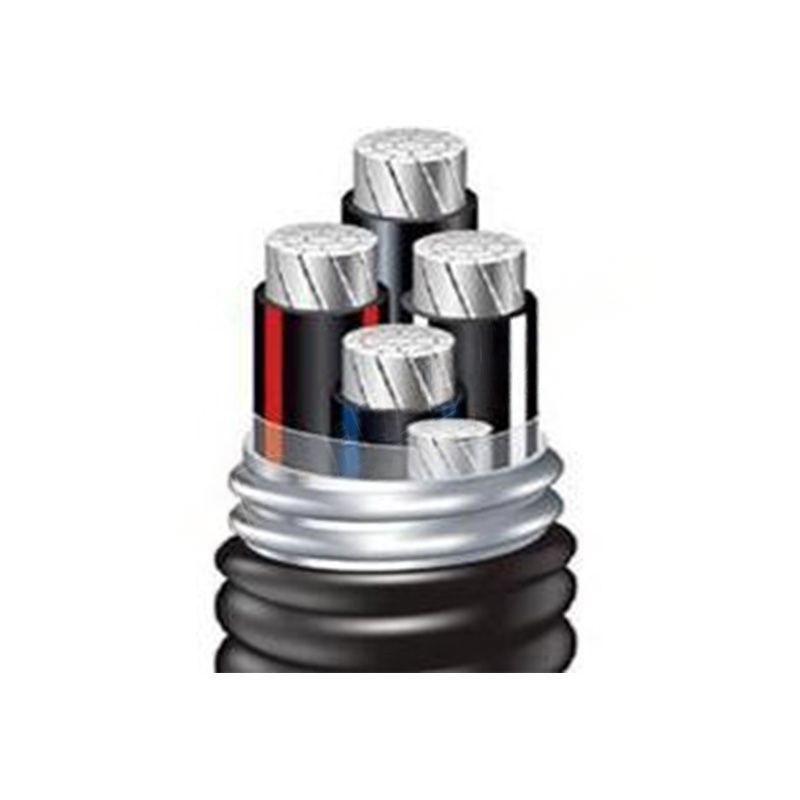ਸਤੰ. . 23, 2024 18:29 Back to list
Air Control Valve for Efficient Fluid Management and System Performance
Understanding the DI Air Valve An Essential Component in Industrial Applications
The DI (Ductile Iron) air valve is a crucial component in various industrial applications, particularly in water distribution systems. This valve is designed to release excess air from pipelines, ensuring smooth water flow and preventing potential damage caused by air pockets. Understanding the functionality and benefits of DI air valves can help industries maintain efficiency and reliability in their operations.
Functionality of DI Air Valves
DI air valves operate on a simple principle they allow air to escape from the pipeline while preventing any backflow of water. When a pipeline is filled or emptied, air can become trapped inside. This air can cause water hammer, reduce flow capacity, and lead to pressure fluctuations. Therefore, installing DI air valves at strategic points in a system—such as at high points in piping networks—ensures that air is released promptly and efficiently.
The construction of DI air valves usually includes a robust body made from ductile iron, which offers excellent strength and resistance to corrosion, making it suitable for various environments. These valves typically feature two main components the air vent and a closure mechanism. The air vent allows for the rapid expulsion of air, while the closure mechanism ensures that water does not leak out of the valve during operation.
Benefits of Using DI Air Valves
di air valve

One of the primary advantages of using DI air valves is their durability. The ductile iron material is both strong and lightweight, providing a resilient solution that can withstand high pressure and extreme temperatures. This durability translates into a longer service life and reduced maintenance costs for industries.
Furthermore, DI air valves contribute significantly to the efficiency of water distribution systems. By eliminating air pockets, they help maintain continuous and stable water flow, reducing the risk of pressure imbalances that can lead to system failures. This efficiency not only optimizes operational performance but also reduces energy consumption, leading to overall cost savings.
In addition, the installation of DI air valves can improve the safety of water systems. Air entrapment can lead to dangerous situations, such as explosions in pressurized systems. By allowing air to escape safely, these valves enhance the system’s safety profile.
Conclusion
In summary, DI air valves are fundamental in maintaining the integrity and efficiency of water distribution networks. Their construction from durable ductile iron ensures longevity and reliability, while their functionality mitigates the issues associated with air entrapment. As industries continue to seek ways to improve their operations and maintain safety standards, the role of DI air valves will undoubtedly remain vital. Embracing the benefits of these valves can lead to enhanced performance, reduced costs, and increased safety in industrial applications.
Share
-
Reliable Wafer Type Butterfly Valves for Every IndustryNewsJul.25,2025
-
Reliable Flow Control Begins with the Right Ball Check ValveNewsJul.25,2025
-
Precision Flow Control Starts with Quality ValvesNewsJul.25,2025
-
Industrial Flow Control ReliabilityNewsJul.25,2025
-
Engineered for Efficiency Gate Valves That Power Industrial PerformanceNewsJul.25,2025
-
Empowering Infrastructure Through Quality ManufacturingNewsJul.25,2025